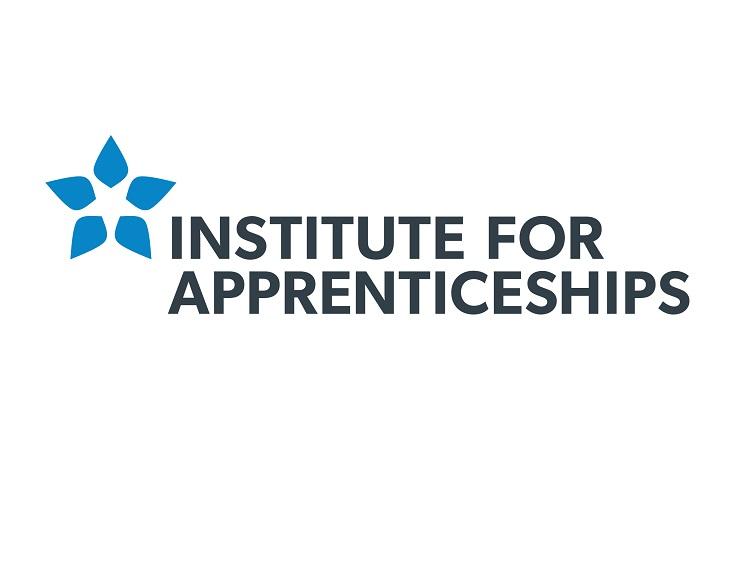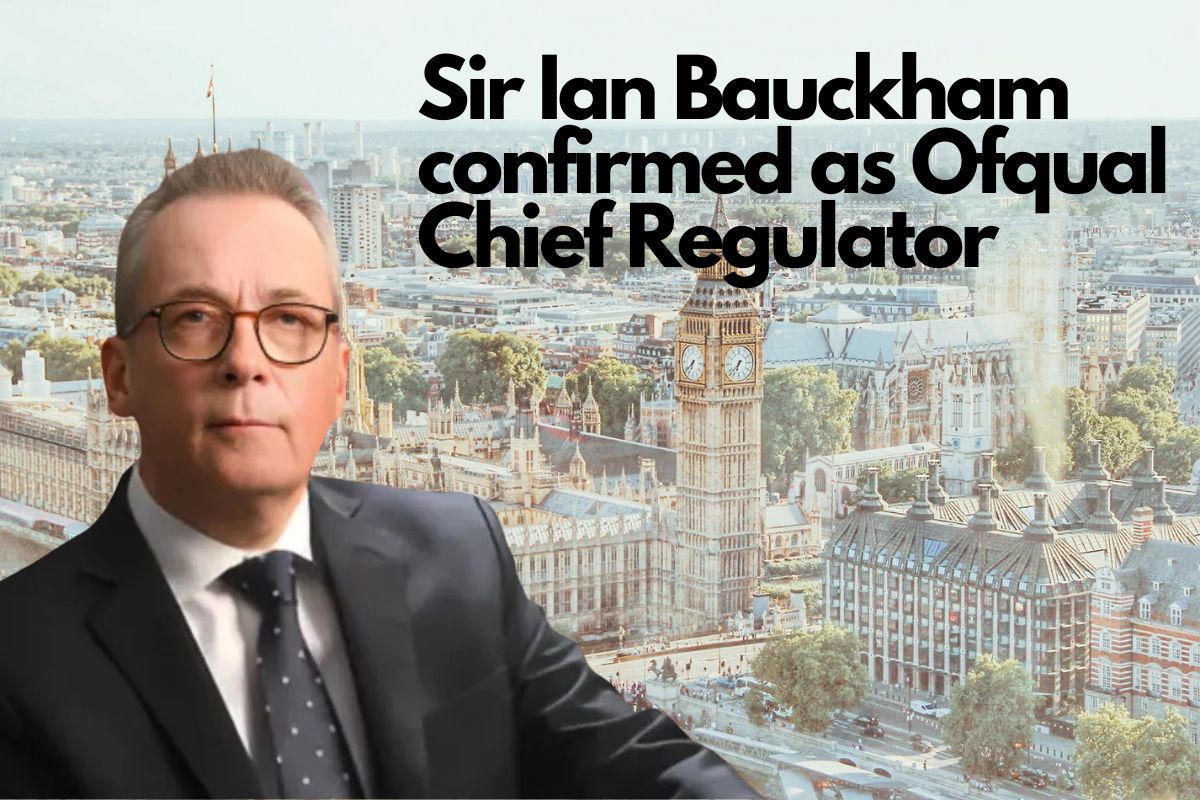Marine Pilot

Reference Number: ST0427
Details of standard
Role profile
As an island nation over 95% of trade by volume goes by vessel through over 100 ports around the United Kingdom. Approximately 750 Marine Pilots are employed to safely navigate these vessels from sea to berth or berth to sea within the ports jurisdiction. A Marine Pilot has responsibility for the safe navigational conduct of a vessel throughout its passage from sea to berth or berth to sea. They also have a statutory duty to report any defects or deficiencies on the piloted vessel. A Marine Pilot will work closely with the Captain and other members of the crew, who may be of any nationality. They must also be able to use the vessels navigational and communications equipment, liaising with other vessels and the harbour marine control centre. Before boarding a vessel, a Marine Pilot is required to prepare a passage plan for the voyage from sea to berth or berth to sea. This will take into account the size, draft and operating characteristics of the vessel as well as tides, the marine environment and the weather and give consideration to any need for tugs to assist the manoeuvring.
The Marine Pilot must be able to respond to emergency situations. They must know and adhere to safe navigational, vessel handling and environmental working practices and international regulations without endangering themselves, the vessel, its crew or the marine environment. A Marine Pilot must be able to climb/descend a vertical rope ladder from/to a launch holding position alongside a moving vessel, often in rough weather. They must be able to use survival techniques in water.
A Marine Pilot typically works shifts to ensure they take regulated rest hours. They must have local knowledge of the waters, navigation and environment in which they will carry out acts of pilotage.
Duration
This apprenticeship will require rigorous and substantial training, typically of around 30 – 36 months, depending on experience at entry.
Skills Knowledge and Behaviours Skills – The ability to
-
Plan an Act of Pilotage
-
Embark and Disembark a vessel whilst underway and whilst alongside
-
Assess standards on the piloted vessel
-
Work effectively with the bridge team
-
Liaise and communicate within the port jurisdiction, including correct use of the vessels communication and navigational equipment.
-
Safely transit the pilotage district
-
Manoeuvre vessels in harbours and their approaches
-
Respond to problems and emergency situations
-
Manage personal & professional conduct & development
Knowledge and understanding of:
-
Navigation, bridge equipment and navigational aids
-
Weather, and the effects of wind and current on the vessel
-
Vessel handling and hydrodynamics including towage where required
-
Bridge resource management
-
Local, national and international legislation, codes of practice and guidance; for example knowing how and when to report deficiencies of the pilotage vessel.
-
Vessels systems, including stability, strength, and construction
-
Emergency response and personal safety
-
Correct communications (e.g. vessel to vessel, vessel to shore) using standard marine vocabulary in relation to completing an act of pilotage safely.
-
Health, Safety and survival techniques
-
Marine environmental protection including responsibility to the vessel and port jurisdiction.
-
Different types and designs of vessel
-
Constraints and limitations of other craft on the water
-
Planning an act of pilotage from boarding to disembarkation. Including but not limited to:
-
weather conditions.
-
vessel draft
-
proposed use of tug
-
proposed use of mooring boats and
-
time the berth is available.
-
-
Continuing Professional Development
Behaviours – a marine pilot is expected to:
-
Strive to achieve the best results in all they do; maintain a positive attitude and approach to their work even when priorities and working patterns change
-
Take responsibility for own and others health, safety and security at all times
-
Demonstrate integrity, credibility, honesty and personal drive; embody the organisations values, a belief in the services it offers and an interest in the industry
-
Take ownership for own performance and training
Entry requirements:
Individual employers will determine their own entry requirements; but due to the nature of the role it is expected that candidates will meet certain medical standards of physical health.
Qualification
Apprentices without Level 2 English and maths will need to achieve this level prior to taking their end point assessment
Level – This is a level 5 apprenticeship
Review – This Standard will be reviewed in 3 years.
Crown copyright © 2017. You may re-use this information (not including logos) free of charge in any format or medium, under the terms of the Open Government Licence. Visit www.nationalarchives.gov.uk/doc/open-government-licence











Responses